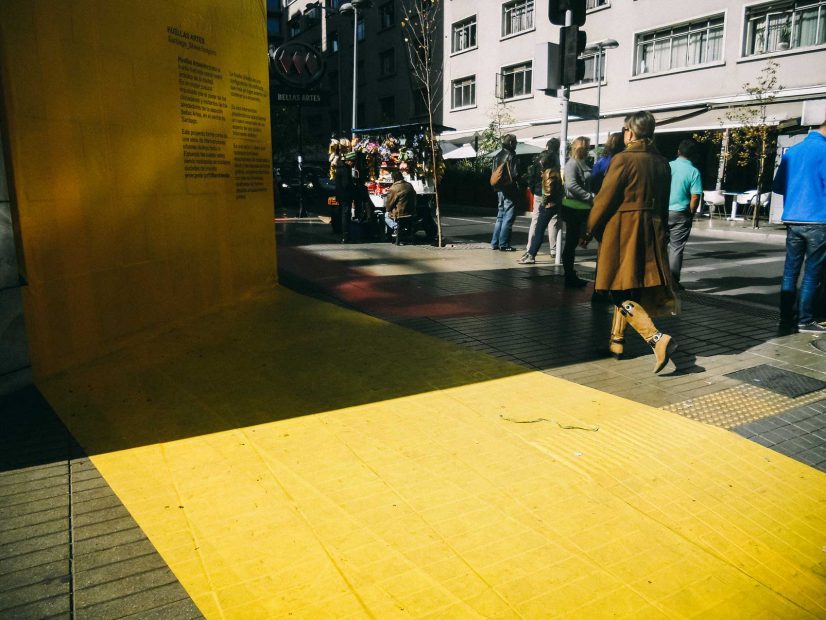
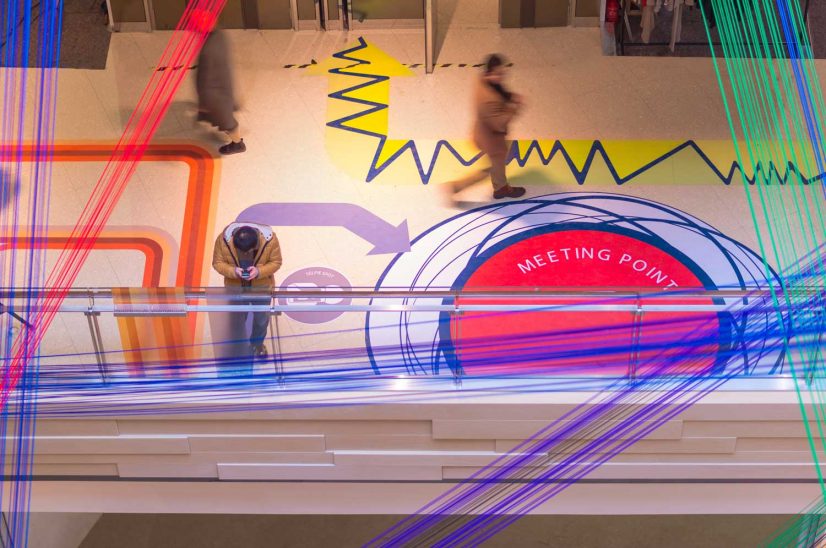
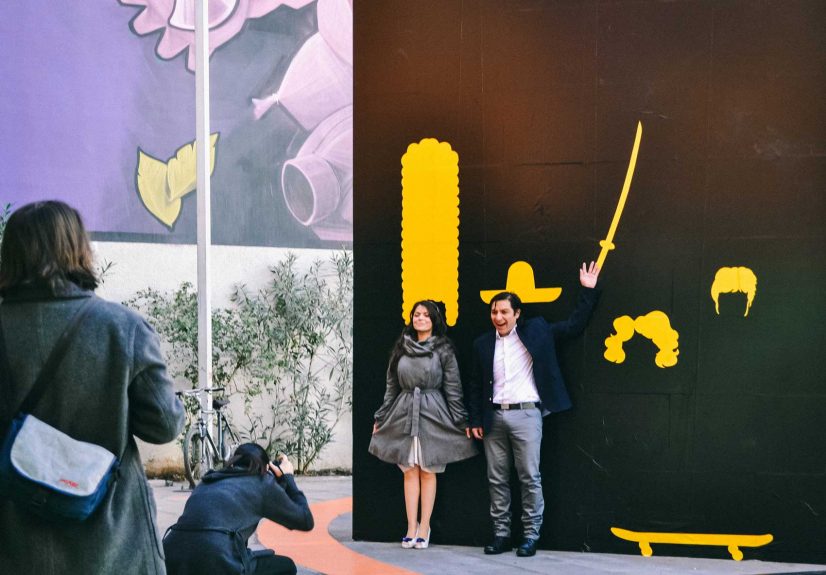
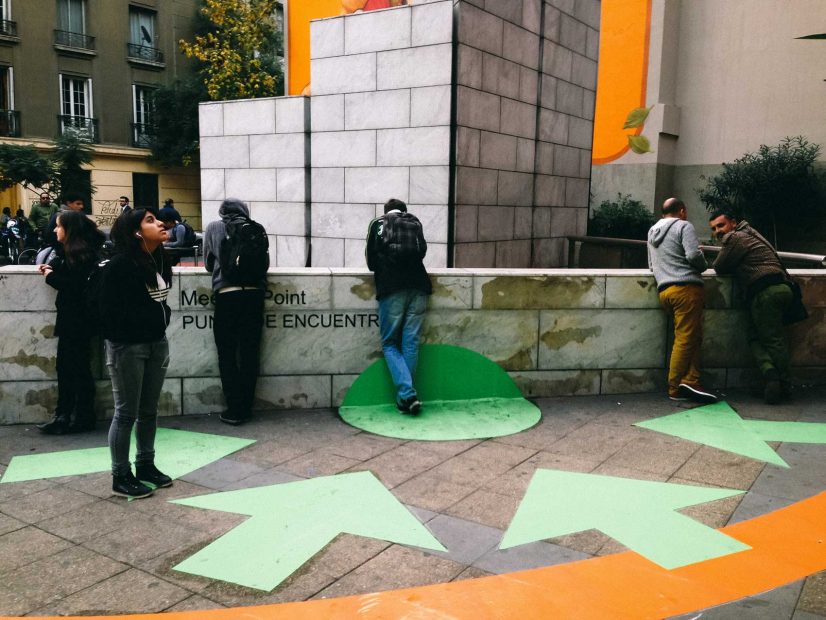
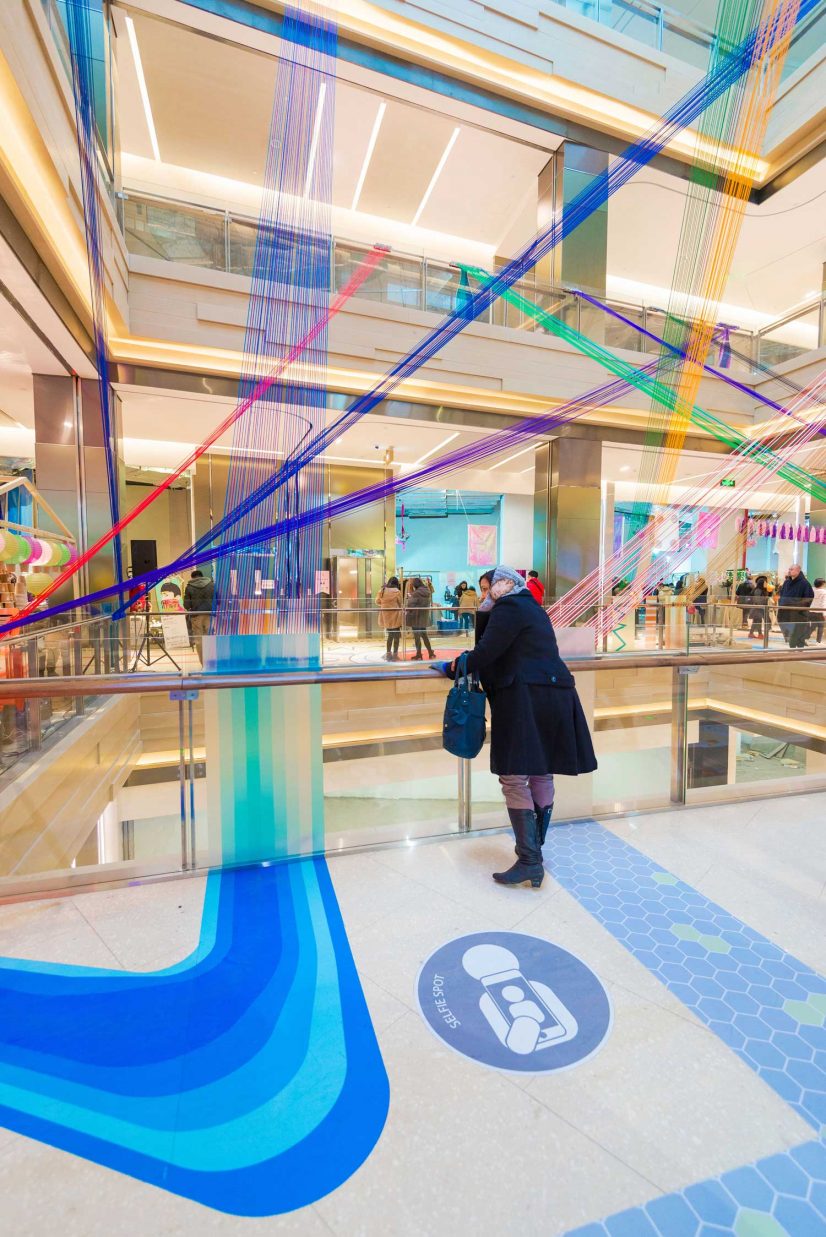
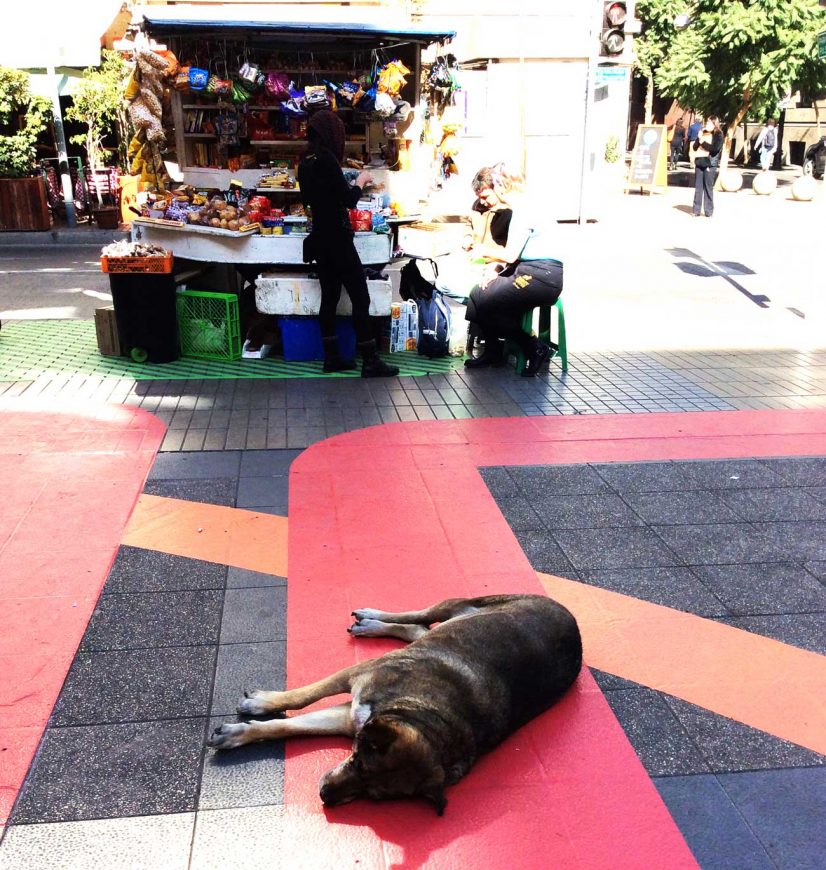
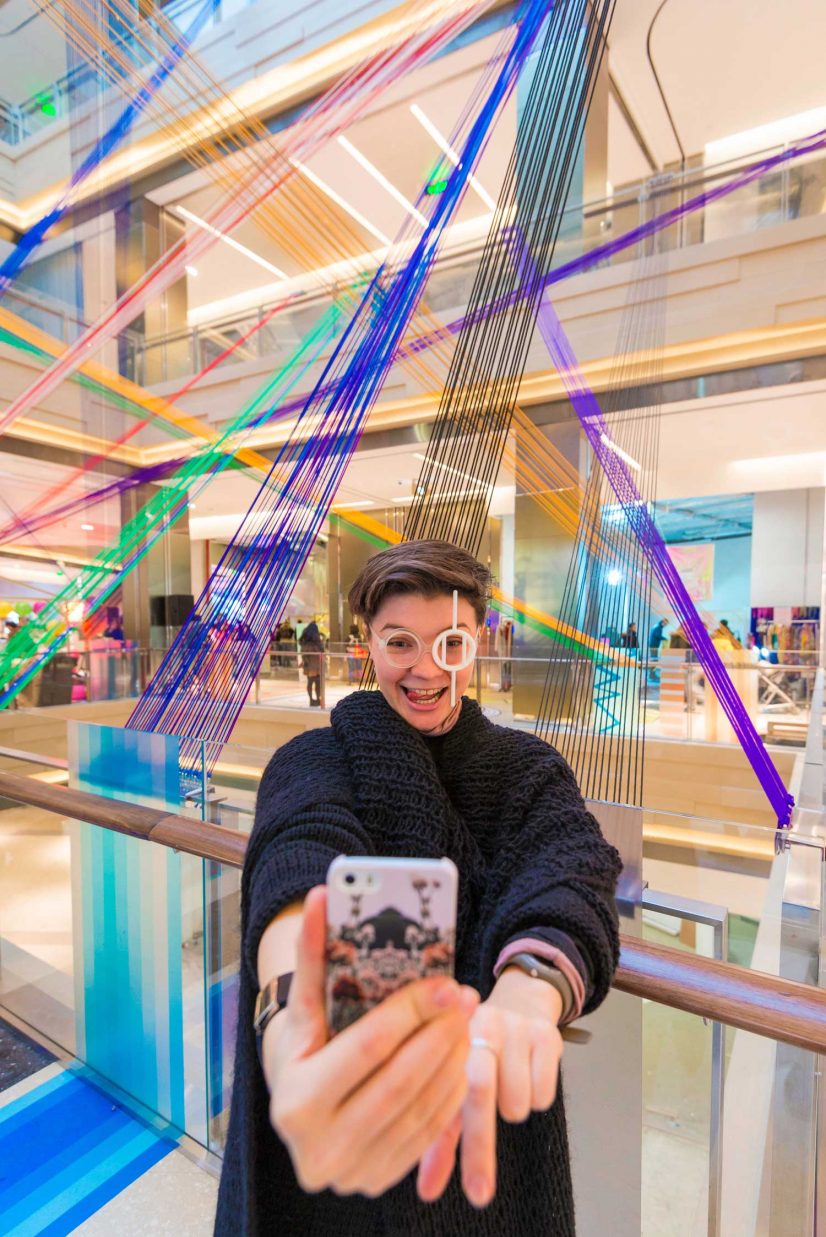
Manifesto
At 100architects, we believe that working in the Public Realm is a privilege.
It is where our designs have the greatest impact—reaching the widest audience and shaping collective experiences in a meaningful way.
We’ve developed a singular vision: to design architectural objects that attract people and encourage social interaction in urban public space.
Our designs use a striking, eye-catching aesthetic that captures attention, stimulates curiosity, and invites spontaneous participation.
Unlike traditional landscape architecture—which often seeks to blend harmoniously with its surroundings—we embrace contrast and bold expression.
We follow a more controversial and unapologetic approach, while still crafting tailor-made solutions that are sensitive to their environment and context.
Our public space interventions use vivid color palettes, intricate topographies, and engaging forms to foster a deeper connection with users. Through their appearance, scale, and placement, they invite people to jump, sit, lie down, eat, talk, take photos, upload, laugh, relax, and play.
THE HYPER-STIMULATING PUBLIC SPACE
Public space hasn’t evolved meaningfully in over a century.
Plazas and squares have become more polished and tech-friendly, but they’ve largely failed to respond to the cultural and technological revolutions of our time.
Today, simply placing trees, benches, and soft lighting no longer creates a remarkable public space.
New generations are experience-seekers—they prioritize meaningful, memorable moments over material possessions.
Even children today are accustomed to more intense, layered, and digital sensory environments.
Urban spaces must evolve to meet these shifting expectations. They must embrace stimulation, fantasy, and interaction.
We believe public space should do more than exist—it should engage, surprise, and connect.
And to do that, we must reinvent the plaza. We need to collaborate with technology, rather than compete against it, designing places that are more attractive than a screen.
NEW DYNAMICS = NEW OPPORTUNITIES
At 100architects, we don’t see our projects as mere problem-solvers.
We see them as catalysts—platforms that unlock the full potential of a space and activate social and commercial opportunities.
To support placemaking, our interventions must be more than bold—they must promote wellbeing, curiosity, and happiness.
This is why we say: we sell happiness.
Over time, we’ve specialized in designing urban experiences that deliver joy and entertainment through fantasy and surprise—two emotional triggers that amplify imagination across all ages.
Once that connection is made, our projects become platforms for community appropriation.
They are not just designed to be used, but to be reimagined—often in ways we never expected.
That’s the ultimate goal: spontaneous interaction, unplanned joy, and collective ownership of public space.
In a world where screens, social media, and e-commerce are replacing traditional gathering spaces, our mission is to bring people back to the street, back to the plaza.
Because real human connection is the foundation of happiness, innovation, and community.
THE DNA OF OUR PROJECTS
Beyond the usual indicators of healthy public space—accessibility, walkability, openness, playability, shareability, and a sense of belonging—we’ve developed our own set of design principles that define the 100architects approach:
1. CONTRAST – Our interventions are designed to stand out. Bold, iconic, and colorful, they demand attention.
2. AESTHETIC INDEPENDENCY – We design objects that are visually autonomous—unique shapes that do not mimic their surroundings.
3. POP & CONTROVERSIAL – With simple, instantly readable forms, our work is pop. But by disrupting the expected, it becomes controversial—and that’s where culture starts.
4. INSTANT FUNCTIONS – Our spaces are usable from the moment they are discovered—condensed doses of open, accessible activity.
5. FANTASY & SURPRISE – Immersive narratives spark curiosity, creativity, and wonder, regardless of the user’s age.
PLAY IS NOT ONLY FOR KIDS
Our cities have long been shaped with excessive solemnity.
Functionality is prized. Efficiency is everywhere. Seriousness dominates.
But not everything needs to be serious.
The traditional playground—a fenced-in area for children while adults wait on the side—is outdated.
At 100architects, we design playscapes for the city:
Spaces where urban life and play merge into one. Where the boundary between the public realm and the play zone blurs into joyful coexistence.
We believe everyone wants to play—we just need to figure out how.
Kids, teenagers, parents, grandparents—we all deserve to play.
And the city itself should become our playground.
That’s why we design toys for the city: large-scale, interactive urban artifacts that awaken the playful instinct in all of us.
WHY PLAY IN THE CITY?
With play at the core of our projects,
We create environments that not only entertain, but educate, relieve stress, and encourage movement and creativity.
The concept of playful learning thrives in such environments. It reduces anxiety, boosts imagination, and fosters active engagement
Not just for children, but for users of all ages. It encourages socialization, collaboration, communication, and cognitive development in a joyful, informal setting.
Color and form are not decorations for us—they are tools.
By triggering dopamine and stimulating imagination, they cultivate an environment where curiosity and creativity thrive.
URBAN REGENERATION THROUGH DESIGN
By 2050, two-thirds of the world’s population will live in cities.
Through our work, we seek to strengthen the sense of community, reconnect people with their surroundings, and inspire care for the spaces we all share.
We believe that urban regeneration isn’t about building more—it’s about building potential.
It’s about sparking empathy, promoting education, improving well-being, and ultimately contributing to a cultural shift from degradation to regeneration.
That’s our contribution as architects.
Not just shaping space, but shaping possibility.
Not just designing objects, but designing experiences.
Because we believe that joyful, social, human-centered public space is the key to a more connected urban future.


 Home
Home
 Projects
Projects
 Moments
Moments
 Products
Products
 About
About
